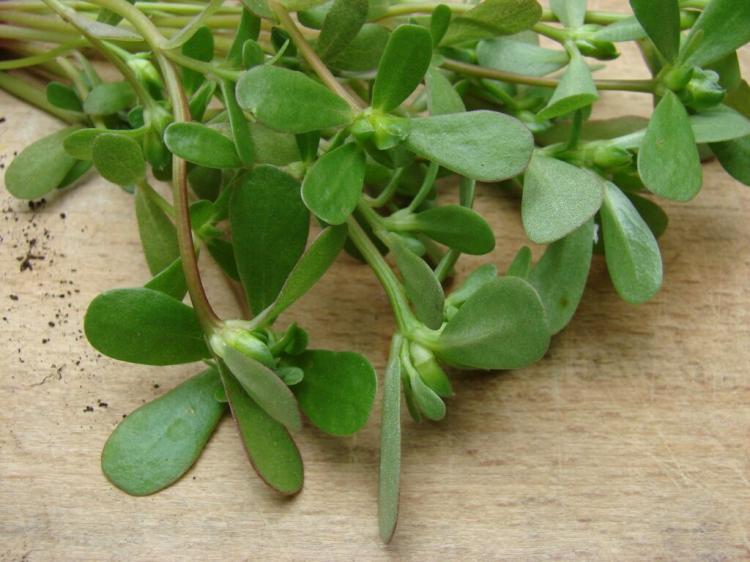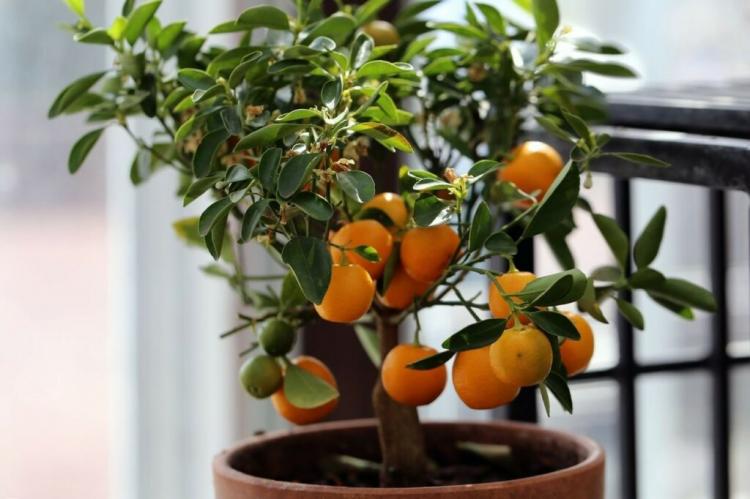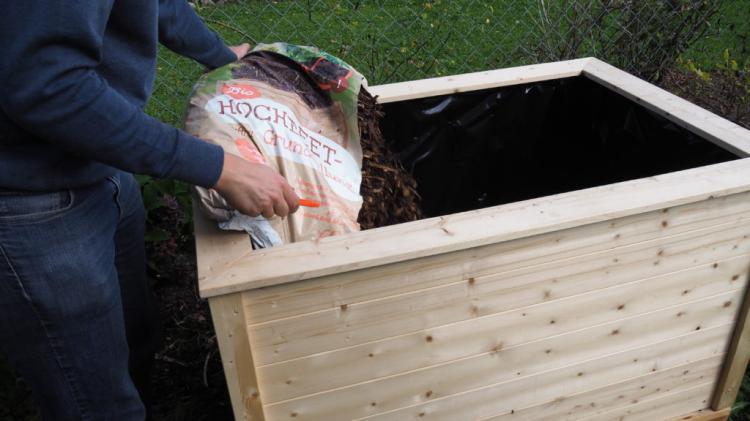How to Save a Dying Rubber Tree Plant
Rubber plants make a beautiful addition to any home or office space, and have a reputation for being a relatively easy plant to care for.
Alas, even the most resilient plants can run into problems. When you have a dying rubber plant on your hands, it can be easy to blame yourself.
You might wonder if your rubber tree plant needs a more ideal soil mixture, or if perhaps the early morning sun provided too much light.
Not to worry, dear readers. In this guide, we’ll go over the possible causes, as well as solutions, to ensure your dying rubber plant can keep freshening the air for years to come.
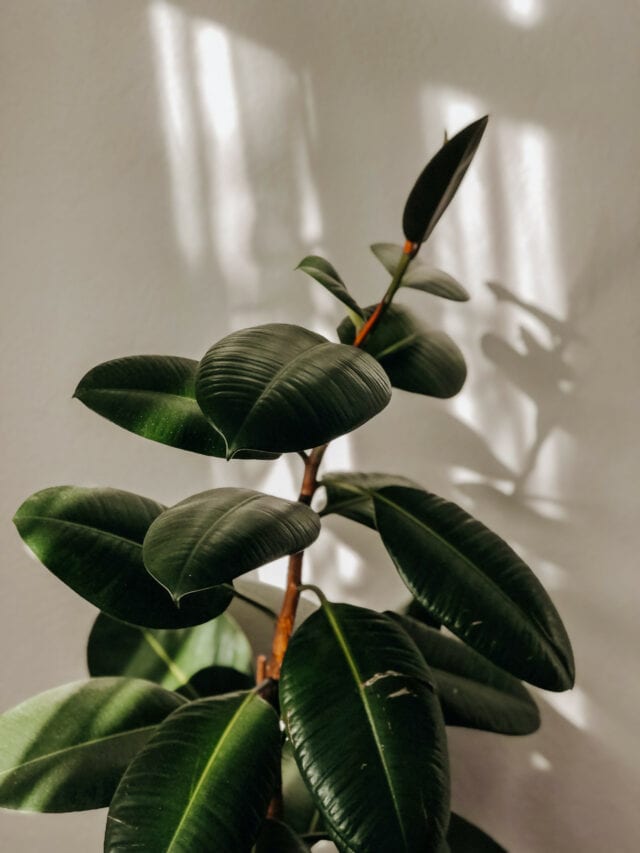
Background
Table of Contents
The rubber tree, sometimes known as the rubber plant or the rubber fig, is an indoor plant in the ficus genus. The household rubber plant’s scientific name is Ficus elastica, or Ficus robusta for certain ornamental varieties.
It is native to South and Southeast Asia, though rubber plants grow in many tropical areas around the world. A rubber tree plant in the wild can grow to be over 100 feet tall.
In addition to being a hardy and attractive houseplant, the rubber plant has a history in the production of- you guessed it- latex!
Jokes aside, latex is actually a necessary component to make rubber.
Interestingly, while Ficus elastica is colloquially known as the rubber plant, most commercial rubber today is made with another tree entirely- the Pará rubber tree, a plant native to the Amazon.
You Might Also Like Fertilizer For Magnolia Trees
How Do I Know if my Rubber Plant is Dying?
There are many possible signs that your rubber plant is dying. You may notice yellow leaves, or leaves falling off or drooping.
The biggest early indicator of a problem is usually slow growth- if your rubber plant’s growth has been lackluster lately, you’ll definitely want to keep an eye on it.
How Do You Regrow A Dying Rubber Plant?
Once you’ve noticed a problem, you may find yourself panicking as you scramble to come up with ways to save your plant. It’s important not to be too hasty- you don’t know what’s wrong, after all.
Your dying rubber tree plant could be suffering from a variety of ailments, and the solution will depend entirely on the diagnosis.
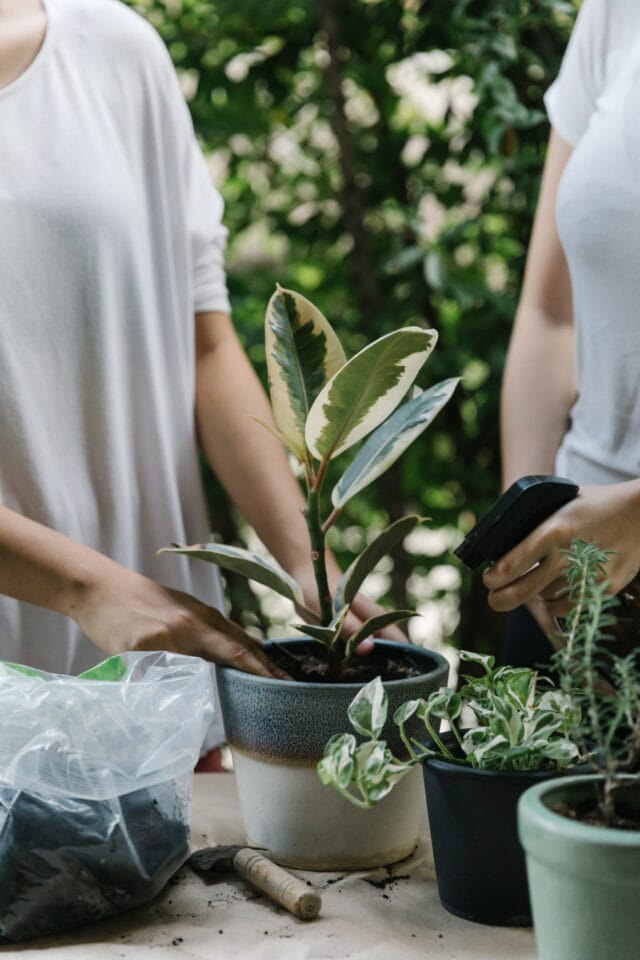
Possible Causes
If you’re wondering how to save a dying rubber tree plant, then one of the first things you’ll want to do is determine the cause. Below, we’ve listed some common causes, along with signs to look out for.
Overwatering
Overwatering is one of the more common problems plant owners face. With the tropical rubber plant, it can be tempting to maintain moisture levels, but excess water can have a detrimental effect on your plant’s health.
It is especially important during the plant’s dormant period to make sure the soil dries completely between waterings.
What does an overwatered Rubber Plant Look Like?
If your rubber plant is overwatered, you may notice the leaves beginning to look a bit swollen and discolored. This usually starts at the bottom, as the plant sacrifices old growth in an attempt to protect the new.
If the problem isn’t corrected, the plant may develop other issues such as root rot.
Can a Rubber Plant Recover from Overwatering?
Though this may sound alarming, thankfully in most cases an overwatered rubber plant can make a full recovery.
If the overwatering is relatively minor, the solution can be as simple as letting the soil dry completely between waterings. If the problem persists, adding some orchid bark to the potting mix or punching an extra drainage hole in the pot may be necessary.
If the plant has developed root rot or another fungal infection, you may need to take more drastic action, as seen in the section on plant disease.
You Might Also Like Stages of Growing Asparagus
Underwatering
Underwatering is another common problem that a rubber tree plant can face. These indoor plants are native to a very humid environment and, as such, tend to like things on the moister side.
What does an underwatered rubber plant look like?
Underwatered rubber plants may exhibit dry, droopy brown leaves wilting near the bottom. In more severe cases, the roots may turn brittle or the plant itself may begin to droop.
Recovery
Setting up a regular watering schedule that suits your lifestyle as well as your plant’s needs can go a long way toward fixing any issues.
If your plant is still looking sad, it might be a good idea to transfer it. While well-draining soil is normally a good thing, you may want to try a different mix if you never find the soil moist when you check. A pot with only one drainage hole may also prevent excess water loss.
If you’re trying to save a dying rubber tree plant, proper watering is vital.

Disease
When you think of a dying rubber tree plant, one of the first causes that may come to mind is disease. While houseplants don’t have much opportunity to get exposed, when you see leaves falling or turning yellow you’re likely scrambling for any possible explanation.
There are a few diseases that can affect the rubber plant. The most common is root rot, a consequence of too much time in wet soil. The rubber tree plant is also vulnerable to issues such as powdery mildew and leaf spot disease.
Root Rot
Root rot will generally manifest as leaves and branches near the top of the plant inexplicably dying as the fungus attacks your rubber plant. You may also notice mushy black roots, or a foul odor emanating from the pot.
Thankfully, root rot is a relatively easy fix when caught in its early stages. Simply remove the plant immediately as soon as you suspect that’s the issue and carefully brush or rinse the dirt from the roots.
Prune the roots, making sure to remove any trace of dead or rotting material, and place the plant in a new terracotta pot. Prevention is as easy as ensuring proper drainage holes are drilled and making sure all the soil has dried between waterings.
You May Also Like Pruning A Rubber Tree
Powdery Mildew
Powdery mildew is another common fungus that can attack rubber tree plants. The most obvious sign will be a fine white powder coating sections of the plant. This can cause slow growth, and eventually lead to the plant turning yellow.
Recovery can be a bit more involved when this is the cause of your rubber plant dying. First, you’ll need to prune off the most severely affected areas, and then wipe off the powder with a damp cloth and a mild dish soap.
Afterward, it’s important to treat the plant with a fungicide such as neem oil or an insecticidal soap to prevent a recurrence. Make sure to keep any infected rubber plants isolated until the mildew is gone, as it may infect other plants.
You Might Also Like How Much Sunlight Does a Snake Plant Need
Leaf spot disease
Leaf spot disease is a general name for a variety of forms of leaf blight that can affect houseplants. If your dying plant has yellow or black spots on its leaves, this may be the issue.
The solution here is similar to the powdery mildew- remove any severely affected areas before applying a fungicide like neem oil to your rubber plant.
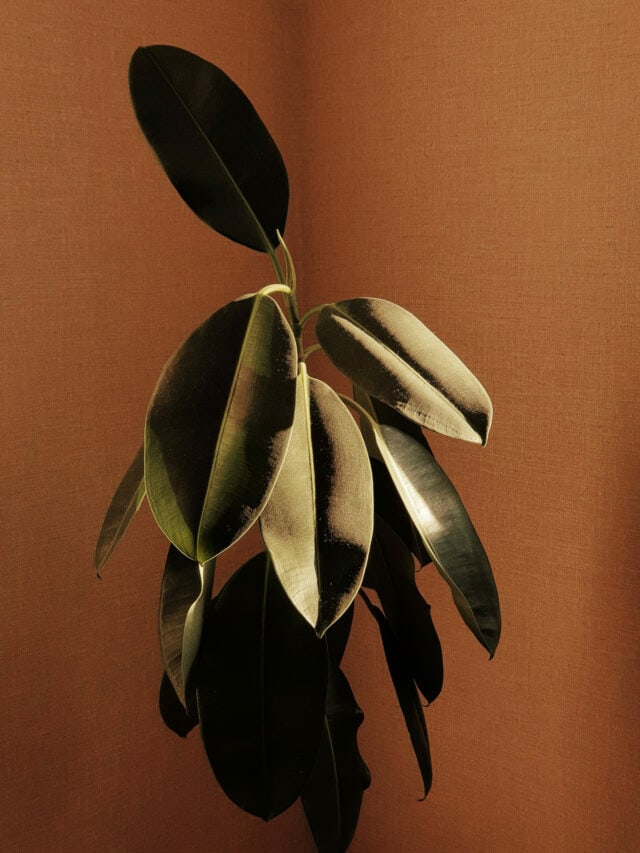
Pest Infestation
Another possible cause of a dying rubber plant is pest infestation. Rubber plants are susceptible to a variety of these little intruders, including spider mites, mealybugs and scale insects.
You May Also Like Is Neem Oil Safe For Cats, Dogs, and Horses?
What does an infested rubber plant look like?
A rubber plant infested with spider mites or other bugs may exhibit a variety of issues. One telltale sign is finding holes in the rubber plant’s leaves- some pests pierce plant tissue in this way. Some other signs include a slimy residue or even small eggs visible on the rubber plant.
Tips for treating infestations
If you’re looking to save your dying rubber tree from an infestation, the first step is to take it outside and give it a good rinse to get rid of as many insects as possible. Then, spray neem oil over the surface of the plant according to the package directions.
Keep the rubber plant isolated from your other indoor plants until the infestation is fully treated, but don’t leave it outside- direct sunlight can injure the rubber plant leaves.
Temperature
Rubber plants require higher temperatures as a general rule, being tropical plants. Outdoor placements should be avoided if you live in a cooler climate, as the surrounding air may get too chilly and inhibit root growth.
Signs your rubber plant is too cold
If you notice slow growth and mushy patches on the leaves and stems, but your dying rubber tree plant doesn’t seem to have any other issues, the temperature may be the cause.
Rubber plants do best at temperatures between 60 and 75 degrees Fahrenheit, so changing the thermostat and keeping the area free of cold drafts is an easy fix for this one.
Lighting
Another important factor when trying to save a dying rubber plant is ensuring it has enough light. Rubber trees do best with bright indirect light, so sitting near a west-facing window in the late afternoon sun may be a bit too much for them.
Signs of Improper lighting
Placing the plant in direct sunlight or even just letting it get too much light in general has the potential to burn the delicate leaves. While rubber trees do enjoy bright light, direct light isn’t something they have to deal with much in their native tropical environment.
Too much light can result in your rubber plant becoming faded and dehydrated. Too little indirect light will generally cause slow growth and may cause the markings on variegated rubber plants to fade.
Thankfully, these issues can be solved by changing the plant’s position relative to windows, or by adding a sheer curtain in the case of the plant getting too much direct light.
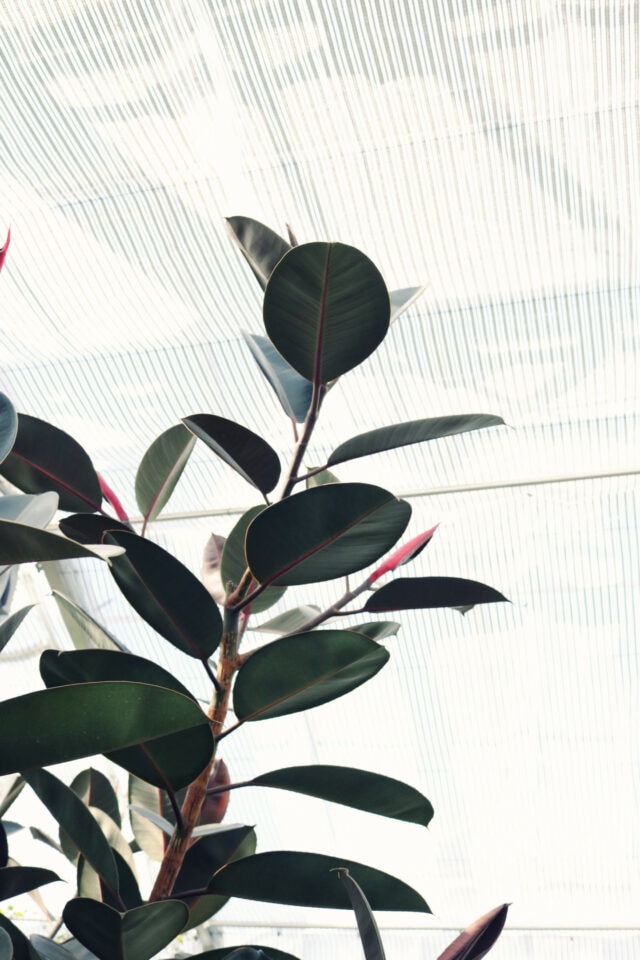
Frequently Asked Questions
After all this talk of dying rubber plants, I thought it would be a nice shift to address some more lighthearted questions below.
How Big Do Rubber Trees Get?
As a tree, Ficus elastica has the potential to get a good bit larger than your average houseplant- if grown outdoors, they have the potential to reach 30 feet in height! Trees grown outdoors also have a fairly good spread at 10 feet, providing some much-appreciated shade on hot summer days.
Even indoors, this hardy plant can reach some pretty outrageous proportions- growing anywhere from 6 to 10 feet tall in proper conditions.
Are Rubber Trees Flowering Plants?
Surprisingly, yes! In the wild, this plant puts off small white flowers every year in spring. These flowers may even form (inedible) berries if pollinated.
Sadly, plants grown indoors are unlikely to flower, as the right environmental conditions are necessary for the plant to enter its reproductive cycle.
Are Rubber Plants Poisonous?
Unfortunately, this is one plant that you’ll want to keep away from any small children or animals.
The rubber plant’s sap contains latex and is considered toxic. If any part of the plant has been ingested, it is important to seek medical attention right away.
The sap can even trigger skin allergies and dermatitis in some people, so it’s best to wear gloves when handling the plant.
How Do You Propagate A Rubber Plant?
Now that your plant is healthy, you may want to propagate it– these attractive plants make excellent gifts, after all. That’s why we’ve included this handy little guide below on how to grow a new plant from cuttings.
- First, you’ll want to prepare a sanitary workspace and gather your tools. You will need gloves to protect you from the toxic sap, a sharp knife or shears, fresh soil, and a new pot. You may also want to use some sort of rooting hormone, though this is optional.
- Choose a stem of at least 6 inches in length that looks healthy and cut it just below the leaf node. This is very important, as the leaf node is where your new plant’s roots will form.
- Strip any leaves that are too close to the cut, as sitting in the substrate may cause leaves to rot. If desired, apply the rooting hormone at this stage.
- Plant your new cutting around 2 to 3 inches deep in the soil. Place it in a warm place with lots of indirect light for a few weeks, and voilà! You now have another rubber plant.
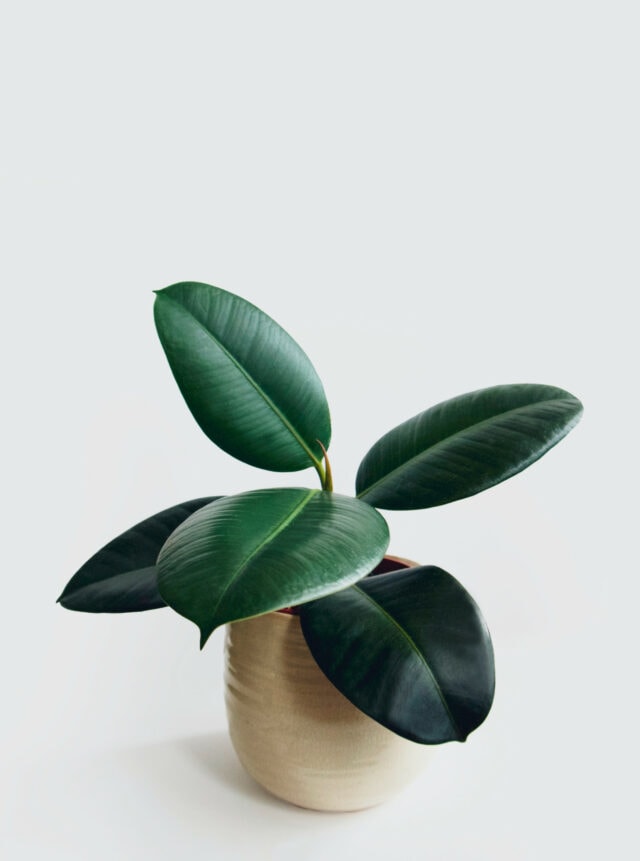
Final Thoughts
We hope that you’ve found our guide on how to save a dying rubber tree plant useful. While many issues can arise with these popular ornamental plants, with proper care and attention almost any problem can be overcome.
